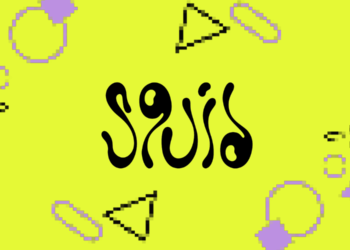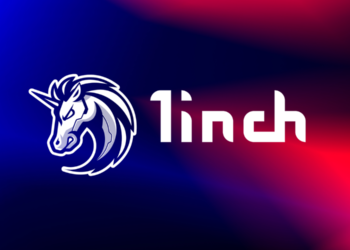In the world of virtual reality, there are quite a few different techniques to take notice of. Ray tracing is a technique used to generate images in an intriguing way. The technology uses the patch of light through pixels in an image plane. This technology can have major implicated for virtual reality moving forward. it can result in far more immersive environments, although it remains to be seen if ray tracing will ever be implemented.
Ray Tracing is an Interesting Technology
The concept of ray tracing can lead to improved visual realism in the future. Considering the virtual reality should be all about realism, it makes a lot of sense for content creators to work with ray tracing as well. In most cases, scanline rendering methods are being used right now, which gives some mixed results. Unfortunately, ray tracing comes at a massive computational cost, which may not make it suitable for virtual reality in its current iteration.
Having a solution to slowly render images ahead of time is quite interesting to explore. Right now, we often see ray tracing in film and television visual effects. Real-time applications, such as video games or virtual reality, can benefit from this technique as well. Unfortunately, ray tracing is not exactly suited for this purpose right now In those environments, the speed of rendering is critical, which makes ray tracing a less favorable option. Then again, the technique can also be used to simulate optical effects, which is a nice bonus.
It is interesting to note ray tracing has been experimented with in real-time environments. A lot of research and development is dedicated to this technique, ranging from its sue in 3D graphics applications to image rendering and even video game engines. Intel’s 2008 demo of Quake Wars: Ray Traced resulted in 14-29 FPS in 720p resolution while running on a 16-core Xeon processor. It is evident there is a lot of work to be done where this technology is concerned.
In the virtual reality world, ray tracing will make an impact sooner or later. The current generation of VR hardware is not compatible with this technology, even though triangulated texture rendering yields rather mixed results so far. In an odd way, ray tracing is perfect for virtual and augmented reality. The bigger problem is how and when it will be integrated in such a way it does not cost an arm and a leg in computing power to allow it to run.











